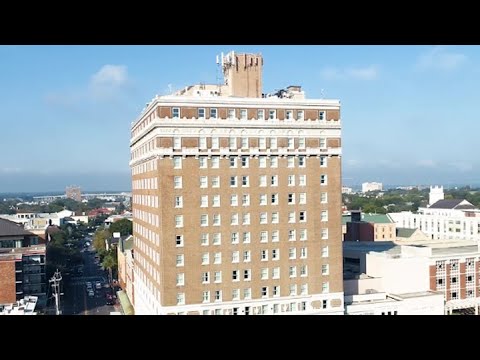Exploring the Unique Charm of London’s East End
Exploring the Unique Charm of London’s East End
London’s East End has a long and rich history that has made it one of the most fascinating parts of the city. For centuries, it has been a melting pot of cultures, communities, and traditions. It’s vibrant, fun, and full of life. Whether you’re looking for a unique experience or just want to wander through the streets of one of Europe’s oldest cities, the East End of London is an excellent place to explore.
The East End is home to an eclectic mix of people, from immigrants and ethnic minorities to native Londoners and the creative. Here you’ll find unique boutique stores, traditional pubs, and of course the world-famous markets of Brick Lane, Spitalfields and Camden. It’s a vibrant cultural hub, with its own distinct personality.
As well as plenty of shopping opportunities, the East End offers a wealth of history to explore. From the iconic Spitalfields Market to Stephen Street in Whitechapel, the area was once at the heart of London life. And with over 500 years of history, there’s plenty to discover!
The East End is also home to some of London’s best culinary experiences, from markets and street food to fine dining restaurants. Whether you’re looking for traditional cockney fare such as fish and chips or something from further afield, the East End has it all. And with its vibrant nightlife, there’s no shortage of bars and pubs to explore.
The East End of London is a unique and exciting part of the city. With its diverse culture, eclectic shops, and diverse culinary experiences, it’s the perfect place for an adventure. So, if you’re looking for a unique experience, why not explore the East End of London? You won’t be disappointed!
What neighborhoods make up London’s East End?
The East End of London is composed of several boroughs and neighborhoods, including Bethnal Green, Bow, Brick Lane, Mile End, Whitechapel, Spitalfields, Poplar, Aldgate, Shoreditch, Hoxton, and Hackney.
What is the history of London’s East End?
The East End of London has historically been an area of tremendous cultural and economic diversity. The area has been an integral part of London since Roman times and has been home to both working class and aristocratic populations over the centuries. The East End was the home of London’s working-class and immigrant communities during the 19th and early 20th centuries. During this time the area became home to a number of distinguishing characteristics such as street markets, the docklands, the East End Jewish Ghetto and the Metropolitan Distress Committee.
In the 20th century, the East End’s industrial and commercial activities gradually declined. As traditional industries disappeared, the area experienced a period of economic and social decline. During the post-war period, large numbers of immigrants and refugees settled in the area and the East End became an extremely multi-cultural area. In the late 20th century, the area saw an influx of middle-class house buyers, which began to change the social and economic character of the East End.
Today, the East End is a vibrant and diverse part of London, displaying a wide range of cultures and lifestyles. The area is home to a number of tourist attractions, including Spitalfields Market and Brick Lane, and hosts a range of galleries, shops and restaurants.






